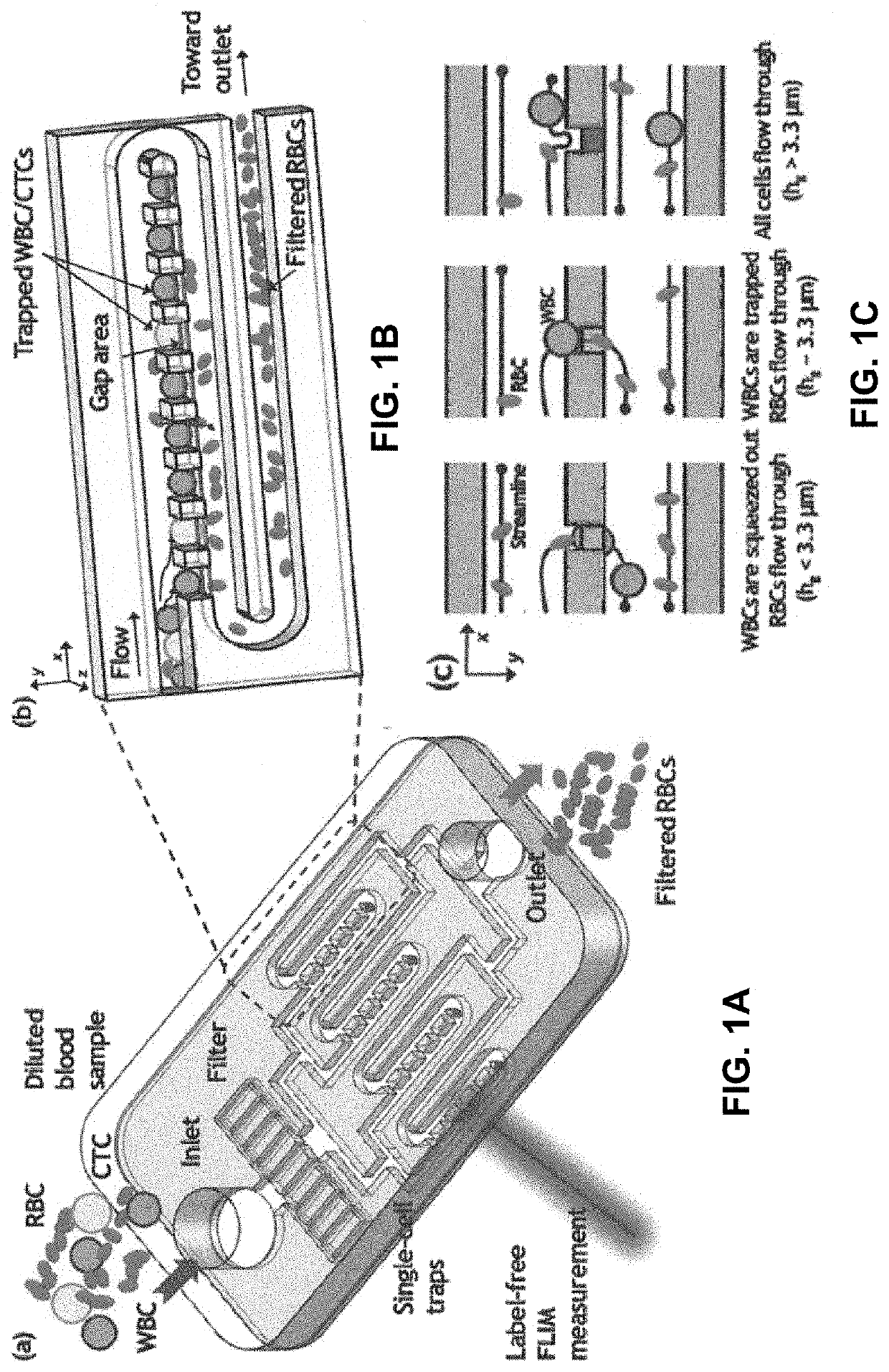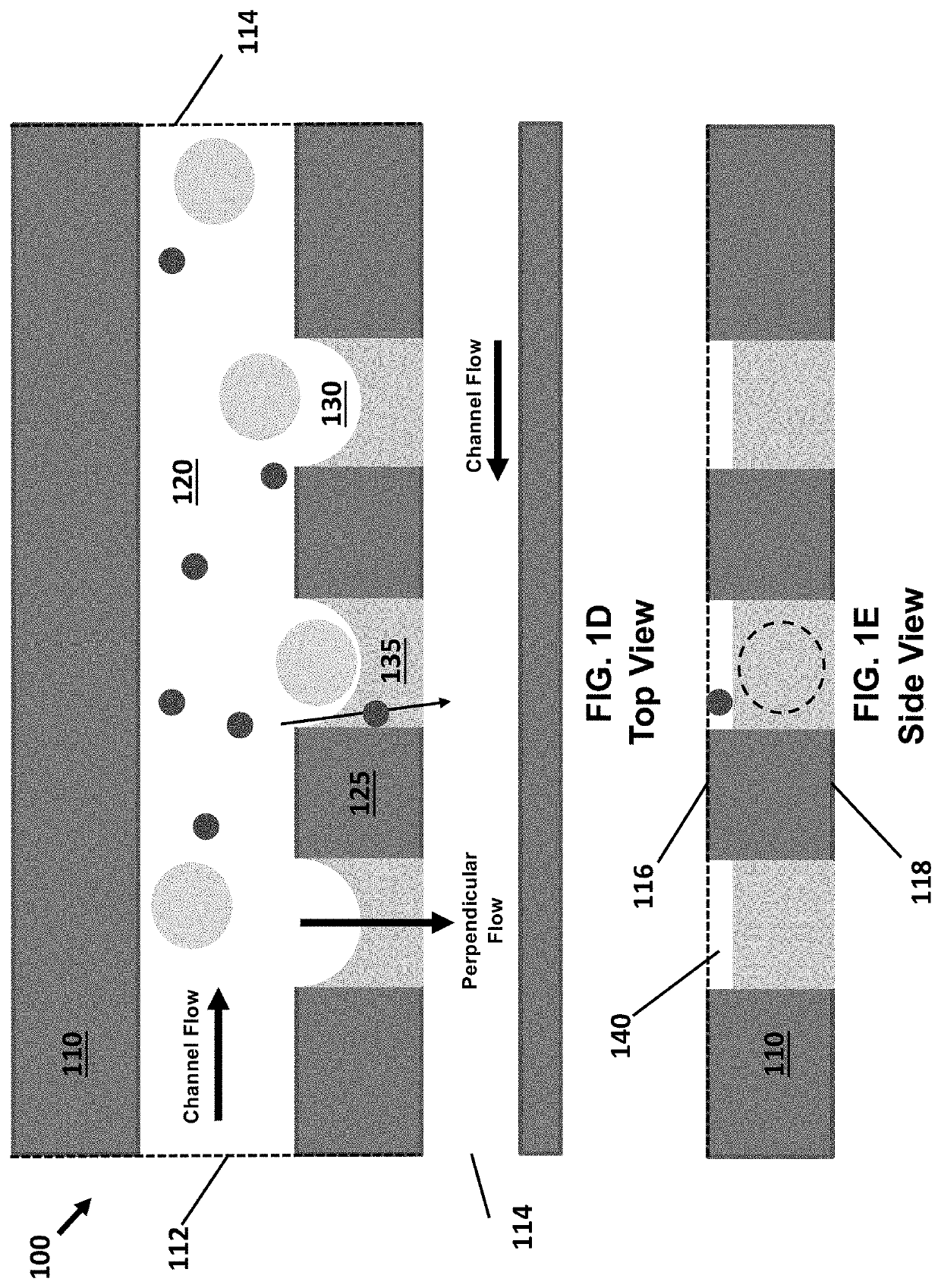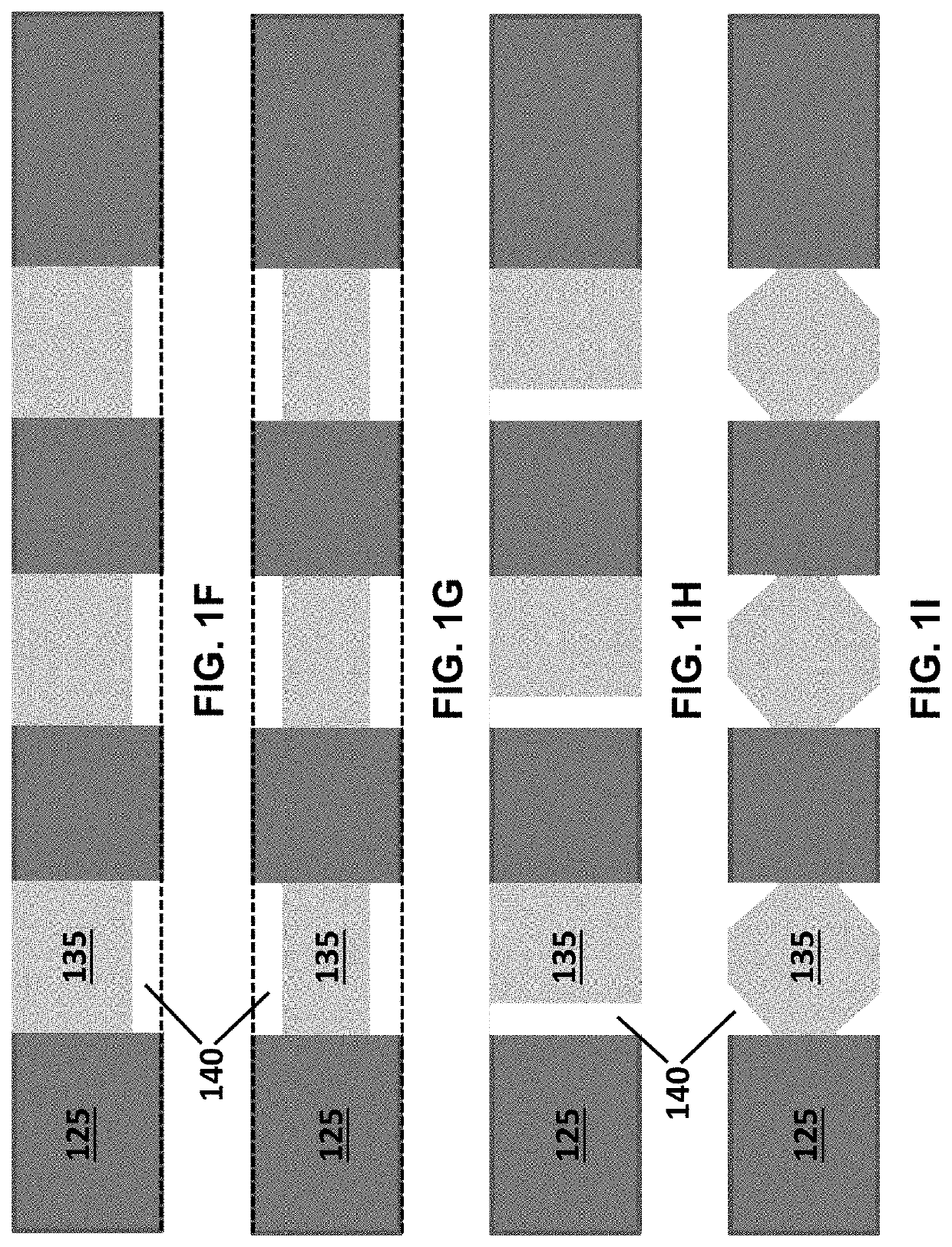Microfluidic label-free isolation and identification of cells using fluorescence lifetime imaging (FLIM)
a lifetime imaging and microfluidic technology, applied in biochemistry apparatus and processes, laboratory glassware, instruments, etc., can solve the problems of low purity of recovered leukemia cells, difficult acquisition, and invasive methods, and achieve the effect of better trapping
- Summary
- Abstract
- Description
- Claims
- Application Information
AI Technical Summary
Benefits of technology
Problems solved by technology
Method used
Image
Examples
example 1
nce Lifetime Imaging Microscopy for the Rapid Screening and Identification of Single Leukemia Cells in Blood from the High-Density Microfluidic Trapping Array
[0148]The rapid identification and analysis of single leukemia cells from blood has become critical for examination of the molecular-level tumor signatures and for early detection of human leukemia disease. However, isolation and identification of leukemia cells individually from peripheral blood requires immunological labeling and is extremely challenging due to the size overlap between leukemia cells and the more abundant white blood cells (WBCs). Herein is described a novel leukemia cell identification platform that combines deterministic single-cell separation and isolation, passive hydrodynamic trapping, and identification of single leukemia cells through phasor approach and Fluorescence Lifetime Imaging Microscopy (FLIM), which measures changes between free / bound nicotinamide adenine dinucleotide (NADH) as an indirect mea...
example 2
asive Single-Cell Transcriptomic and Metabolic Analysis Microfluidic Array
[0167]Single-cell analysis provides comprehensive information and reveals intracellular heterogeneity of the cell population, which is of critical importance in medical and biological research. However, most of the developed single-cell biomolecular and biochemical assays require cell lysing and complicated purification / labeling processes. Here is presented an integrated platform capable of collecting single-cell transcriptomic and metabolic information in a non-invasive and label-free manner. Cells are trapped in a 1-μm-thick PDMS membrane-sealed single-cell array, and a modified AFM probe penetrates through the membrane to extract single-cell mRNAs by dielectrophoresis (DEP), coupled with fluorescence lifetime imaging microscopy (FLIM) to acquire metabolic patterns through single-cells' intrinsic autofluorescence.
Materials and Methods
[0168]The cell-trapping array, which was made by soft lithography casting o...
example 3
and Identification of Single Plant Cells
Unique and Novel Features
[0170]The high-density and high-efficiency cell traps were used to separate plant cells and debris in an array formed by a serpentine channel. This demonstrates the utility of deterministic single-cell trap for isolation and identification of single plant cells based on their average fluorescence lifetime in a label-free, gentle and scalable manner. The microfluidic single-cell trapping array consists of a serpentine channel with 20 traps along each row. The channel height is 120 μm, and the trap size is 75 μm, which is similar to the diameter of the microspores. For each single-cell trap, there is a 10 μm-height gap area to enable the perpendicular flow to push the cell into the trap. Gunk debris is blocked by the pillar array at the inlet, and small debris passes through the gap area and is filtered out.
Results and Discussion
Microfluidic Isolation of Single Plant Cells:
[0171]The combination of the phasor-FLIM imaging...
PUM
| Property | Measurement | Unit |
|---|---|---|
| Force | aaaaa | aaaaa |
| Flow rate | aaaaa | aaaaa |
| Size | aaaaa | aaaaa |
Abstract
Description
Claims
Application Information
 Login to View More
Login to View More - R&D
- Intellectual Property
- Life Sciences
- Materials
- Tech Scout
- Unparalleled Data Quality
- Higher Quality Content
- 60% Fewer Hallucinations
Browse by: Latest US Patents, China's latest patents, Technical Efficacy Thesaurus, Application Domain, Technology Topic, Popular Technical Reports.
© 2025 PatSnap. All rights reserved.Legal|Privacy policy|Modern Slavery Act Transparency Statement|Sitemap|About US| Contact US: help@patsnap.com



